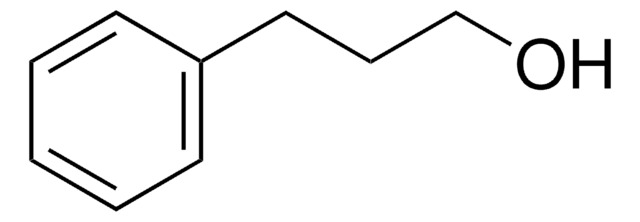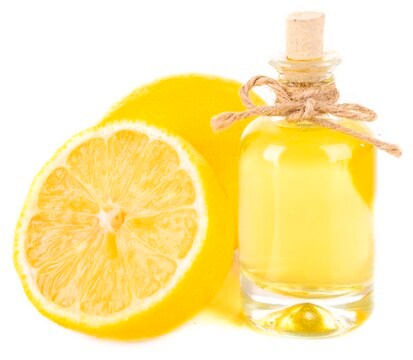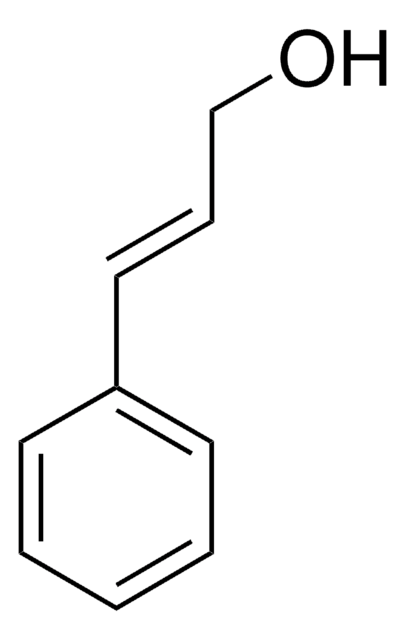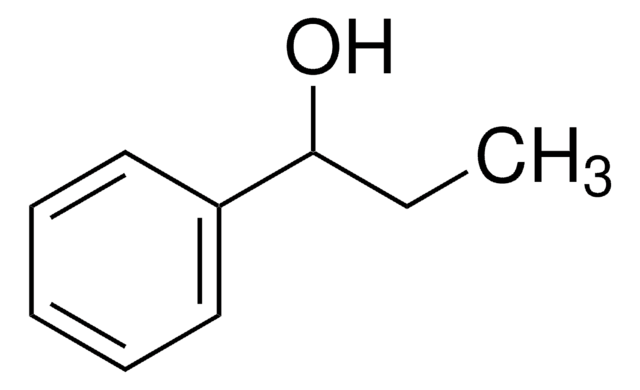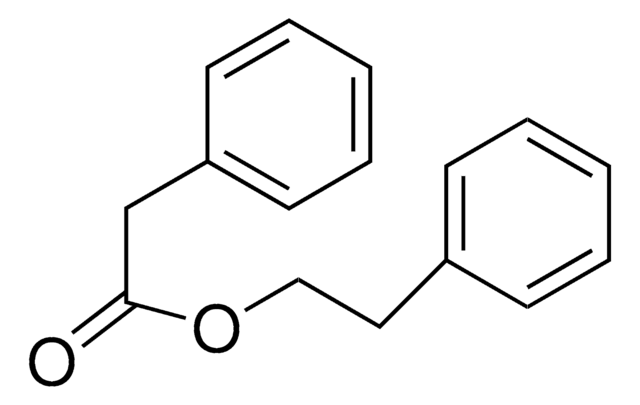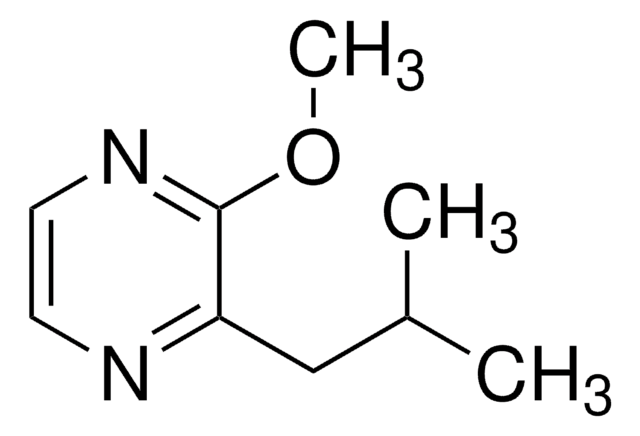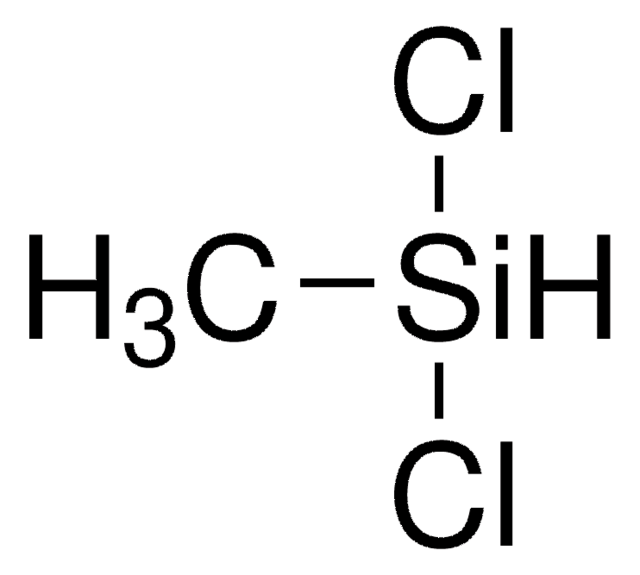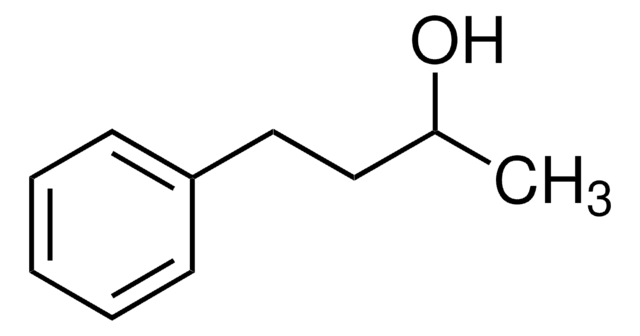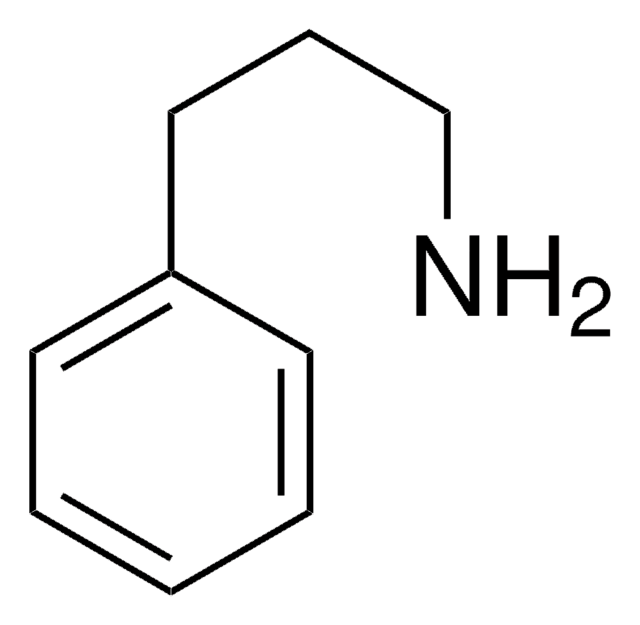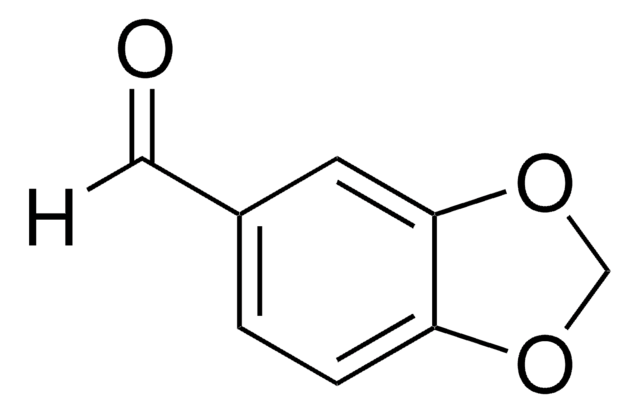W288500
3-Phenyl-1-propanol
≥98%, FCC
Synonym(s):
3-Phenylpropyl alcohol, Hydrocinnamyl alcohol
About This Item
Recommended Products
biological source
synthetic
Quality Level
Agency
meets purity specifications of JECFA
reg. compliance
FCC
FDA 21 CFR 172.515
Assay
≥98%
refractive index
n20/D 1.526 (lit.)
bp
119-121 °C/12 mmHg (lit.)
mp
−18 °C (lit.)
density
1.001 g/mL at 20 °C (lit.)
application(s)
flavors and fragrances
Documentation
see Safety & Documentation for available documents
food allergen
no known allergens
Organoleptic
balsam; cinnamon; hyacinth; floral; spicy
SMILES string
OCCCc1ccccc1
InChI
1S/C9H12O/c10-8-4-7-9-5-2-1-3-6-9/h1-3,5-6,10H,4,7-8H2
InChI key
VAJVDSVGBWFCLW-UHFFFAOYSA-N
Looking for similar products? Visit Product Comparison Guide
General description
Application
Disclaimer
Signal Word
Danger
Hazard Statements
Precautionary Statements
Hazard Classifications
Eye Dam. 1 - Skin Corr. 1B
Storage Class Code
8A - Combustible corrosive hazardous materials
WGK
WGK 3
Flash Point(F)
248.0 °F - closed cup
Flash Point(C)
120 °C - closed cup
Personal Protective Equipment
Choose from one of the most recent versions:
Already Own This Product?
Find documentation for the products that you have recently purchased in the Document Library.
Customers Also Viewed
Our team of scientists has experience in all areas of research including Life Science, Material Science, Chemical Synthesis, Chromatography, Analytical and many others.
Contact Technical Service